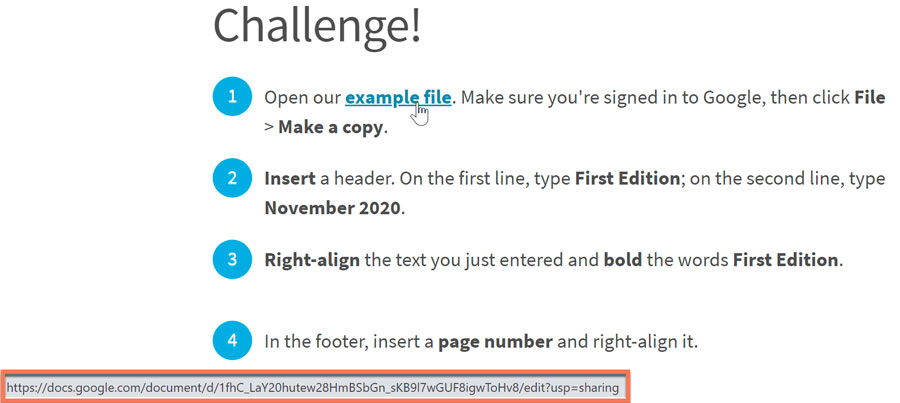Internet Tips -
Using Your Browser's Status Bar

Internet Tips
Using Your Browser's Status Bar


/en/internet-tips/customizing-your-web-browser/content/
Have you noticed a bar that sometimes appears at the bottom of your browser window? This is called the status bar, and it can be a useful tool for staying safe online.
The main purpose of the status bar is to display the URL of a link when you hover the mouse over it. It also displays information on the page as it loads. In most browsers, the status bar stays hidden most of the time, and it automatically appears when it has something to display.
Some browsers don’t automatically hide and show the status bar. In Safari, the status bar can be toggled in the View menu. In other browsers, you may need to right-click the toolbar and enable the status bar in the context menu.

Using this technique can help you determine whether a link is suspicious. In the above example, the end of the URL lets us know that the file is a Word document, like the page claims. If the file type was not a document—for example, if it was an .exe file instead—this would be suspicious and it would be wise not to download the file.
The status bar may sometimes reveal that a URL leads to a different site than the text on the page claims. For example, if an online store page has a link claiming to lead to PayPal but the URL leads to something else, it could be a phishing scam or a trojan. Just because the URL isn’t what you expect doesn’t necessarily mean it’s unsafe, but if you are suspicious it’s better to be safe and not click the link.
The status bar can help you browse the Web more safely and avoid Internet threats. To learn more, check out our Internet Safety and Internet Basics tutorials.
/en/internet-tips/should-i-still-use-adobe-flash-player/content/